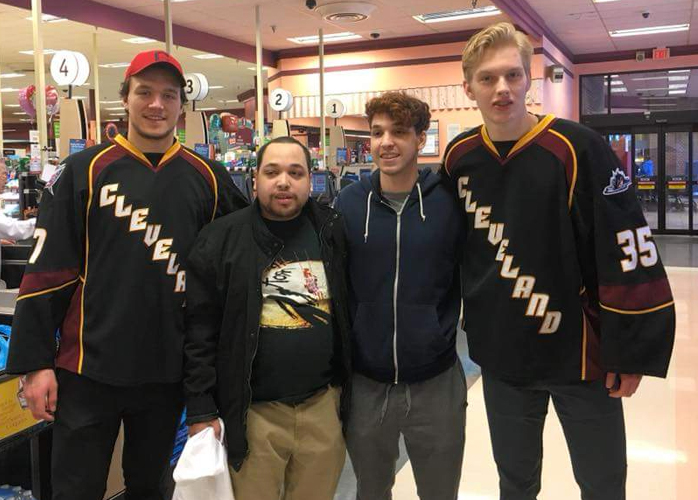 My son, Noah, was diagnosed with Gaucher Disease about 15 years ago when he was almost 8. It was a long, exhausting and frightening journey. Before Noah was diagnosed, he was practically bed ridden, so weak and his belly so swollen, doctors would tell me, “Whatever Noah has is so rare, it will probably never be diagnosed before he dies.”
My son, Noah, was diagnosed with Gaucher Disease about 15 years ago when he was almost 8. It was a long, exhausting and frightening journey. Before Noah was diagnosed, he was practically bed ridden, so weak and his belly so swollen, doctors would tell me, “Whatever Noah has is so rare, it will probably never be diagnosed before he dies.”
Terrifying words to a parent, but words that just rolled off their tongues as though it meant nothing. To me, their words meant everything. I was frustrated but determined to find a doctor who knew what this disease was.
One day I received a call from our family doctor that there was a new hematologist at the hospital, named Dr. Gori. “Good grief, who goes into hematology with a name like that,” I asked myself. By that point, Noah was tired of all the poking and prodding and had developed PTSD, but decided we had to try one more time, so we made an appointment.
Dr. Gori examined Noah and within 15 minutes, after almost 8 years of searching, he gave us a diagnosis of Gaucher.
It was a relief to put a name to the disease. It was a bigger relief to know there was also a treatment. So I went home and started to research. And research. And I grew concerned that my son had type 3. I took him to a specialist in Cincinnati who said he did not. Unfortunately, the ERT shortage proved that to be untrue.
When we came out on the other side of the shortage, I realized I needed to do more and connect with others. I also knew our new goal for Noah is quality of life over quantity. I talk with families about this, and it means something different to everyone. For Noah, it is so simple; hockey games every fall with my brother (Go Monsters!), Moe’s Mondays, treating all we can at our home and hospital only when necessary, and squeezing all the love and joy out of life that we can each and every day. I also found my son the best Gaucher doctor in the country and connected to others all over the world- specialists, leaders, researchers, patients and their families. I began to lobby Congress and the Senate every February during Rare Disease Week in Washington D.C. with the Rare Disease Legislative Advocates, about funding research and bills that affect the Rare community. My son was nominated by the NGF to be painted by an amazing artist, Ian Mahon, as the face of Gaucher for a traveling art exhibit called, Beyond the Diagnosis. It is a huge honor. Last year the NGF asked me to be the point person for newly diagnosed Gaucher families that come through the Courageous Parents Network, a palliative care organization.
I have been with many families during the worst times of their journey with type 2 and 3, and while heartbreaking, it has been both an honor and a privilege. I feel one of the best things that can be done to support the Gaucher community is to be a good listener and meet families where there are. Throughout the world there are so many challenges related to Gaucher disease, be it access to specialists or even treatment, and it is why I find it to be so important to listen and let them know someone is there for them. Then we try to tackle the challenges and get them in the hands of the right people, so they can have the best possible outcome and live their best lives. Who would have ever thought that Gaucher Disease would have impacted my life in all the amazing ways that it has? It has been a challenging, but extremely rewarding journey.
